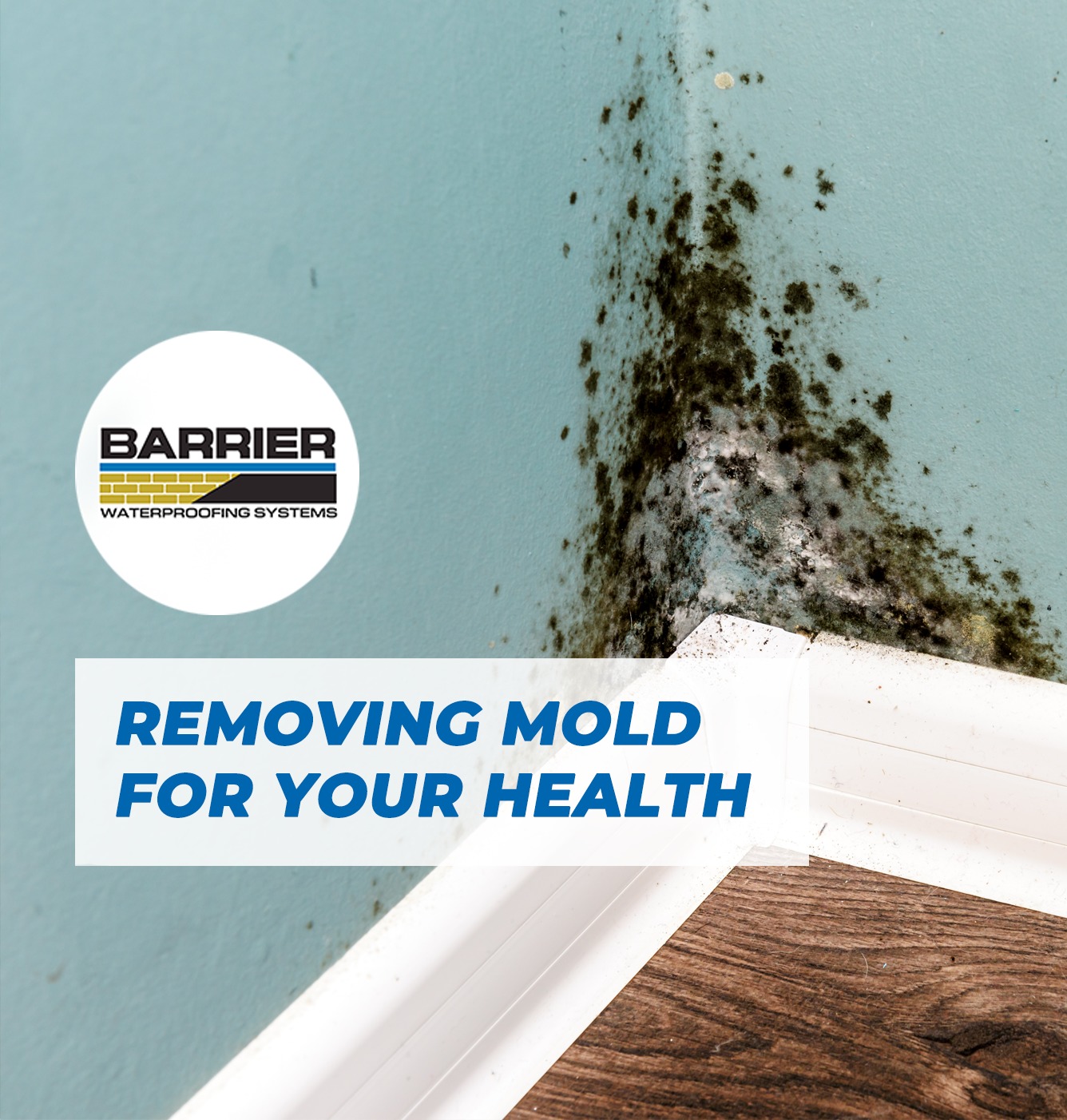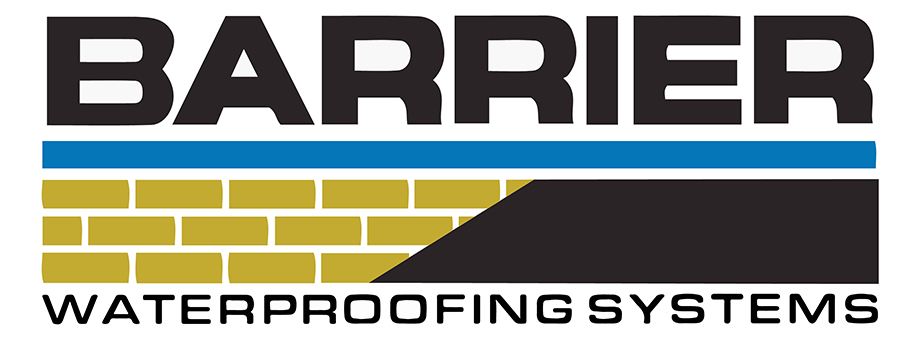It is important to understand the risks associated with mold, even if you aren’t one of the industrial hygienists or occupational health professionals that deal with it every day? Whether relying on good science, risk assessment, or safety and health programs, we can know that mold spells trouble. Today we will help explain some causes and risks, assess specific risks, and why you should respond in a timely, efficient manner for mold removal.
Understanding the Risks
So just how hazardous is mold, and what are the real risks to a facility and its occupants? Here’s what we know: Mold is a naturally occurring fungi that can thrive wherever moisture is present, especially in combination with poor ventilation and humidity above 60 percent.
As an allergen, mold can be particularly troublesome for the elderly, the very young, and those whose immune systems are already compromised by illness or disease. In general, mold should be of greatest concern in schools, day care centers, nursing homes, hospitals, and apartment buildings. According to a 2002 study, as many as one-fourth of all occupational asthma cases may be related to exposure to mold or mold spores.
The hype about mold peaked during the late 1990s. It helped to focus attention on the issue but also scared people unnecessarily. Fears about “toxic” mold and “black” mold may have been good for business, but there is little value in talking about “toxic” mold because that implies there is also “non-toxic” mold.
The reality is that the impact of mold is generally believed to be dose-related: The more exposure you have, the greater the potential health effects are. Although the dose-response relationship is not well-established, there can be wide variations in people’s symptoms. That being said, mold removal is still a crucial process and is important to have done for your home!
For a local professional mold removal service from your basement or crawl space, give Barrier Waterproofing Systems a call at (615) 257-1060 | (931) 536-1168 today.

